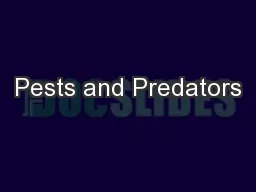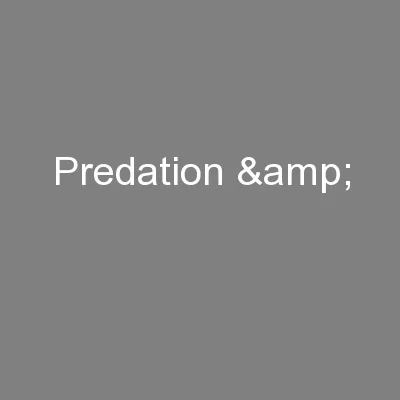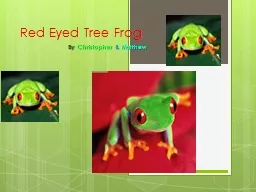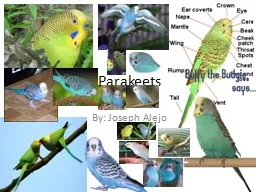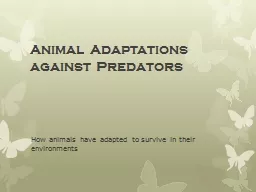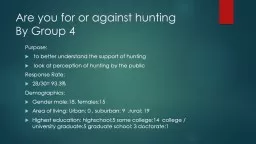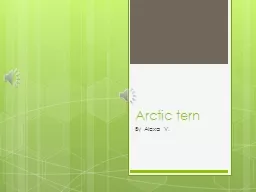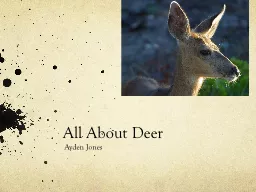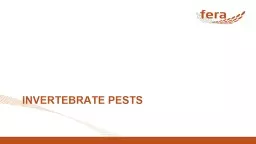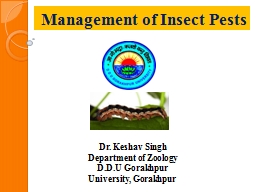PPT-Pests and Predators
Author : aaron | Published Date : 2017-10-04
The NotSoGood the Bad and the Ugly Predators and Pests What We Will Cover Mites Tracheal and Varroa Small Hive Beetle Wax Moths Ants Spiders Earwigs Wasps Hornets
Presentation Embed Code
Download Presentation
Download Presentation The PPT/PDF document "Pests and Predators" is the property of its rightful owner. Permission is granted to download and print the materials on this website for personal, non-commercial use only, and to display it on your personal computer provided you do not modify the materials and that you retain all copyright notices contained in the materials. By downloading content from our website, you accept the terms of this agreement.
Pests and Predators: Transcript
Download Rules Of Document
"Pests and Predators"The content belongs to its owner. You may download and print it for personal use, without modification, and keep all copyright notices. By downloading, you agree to these terms.
Related Documents

